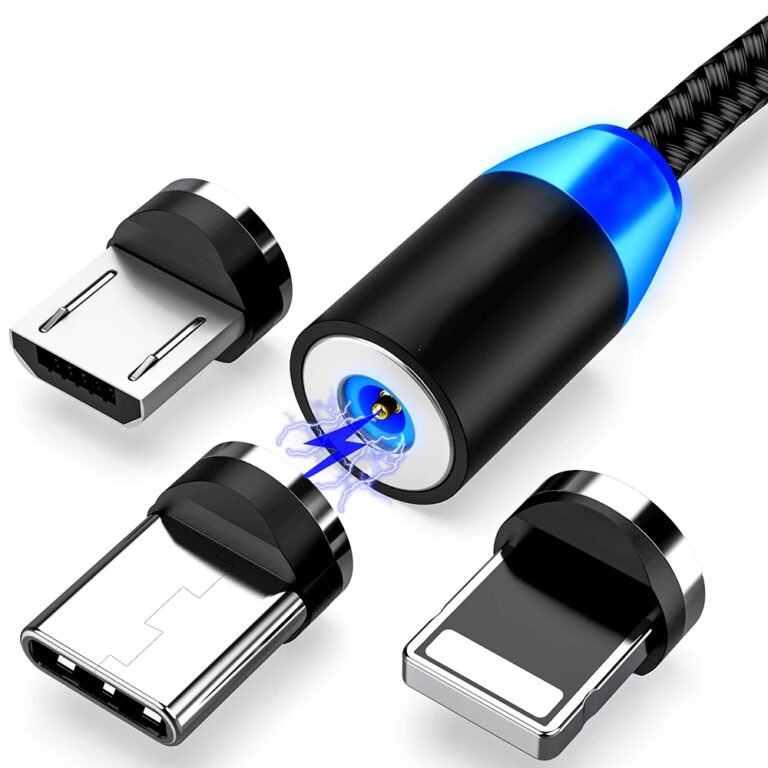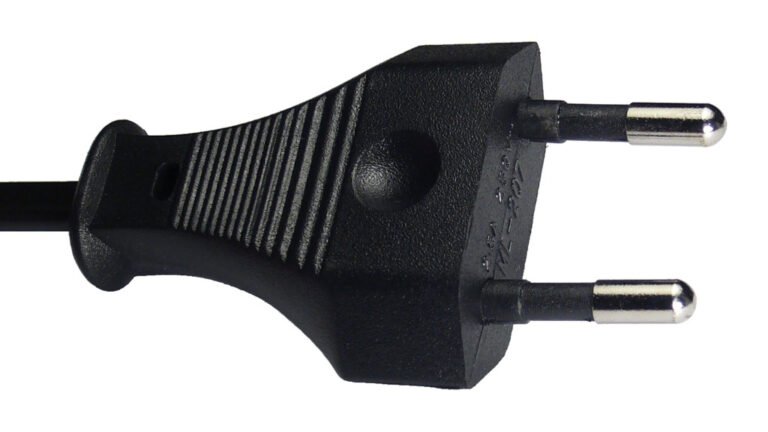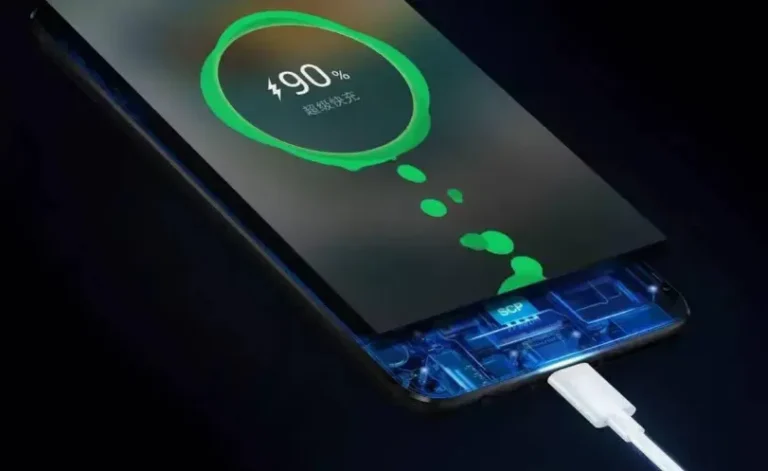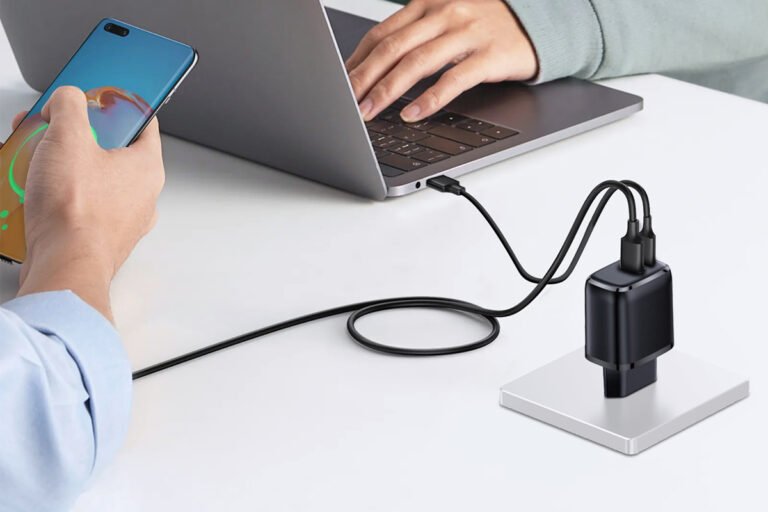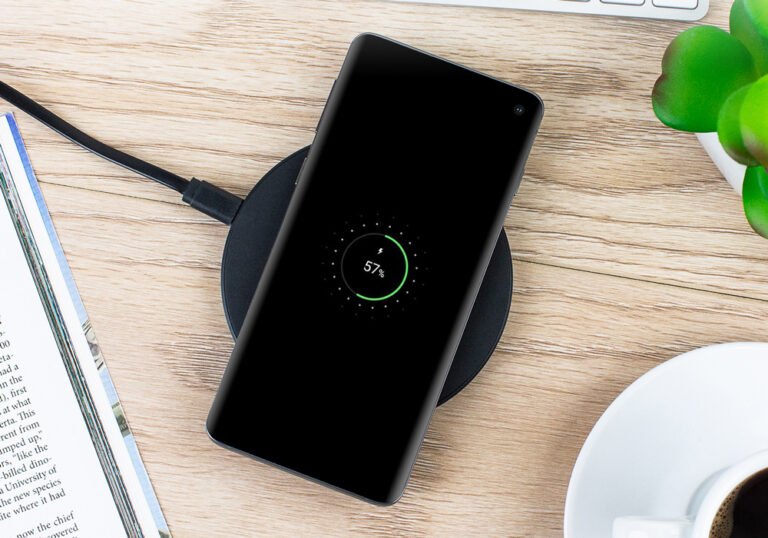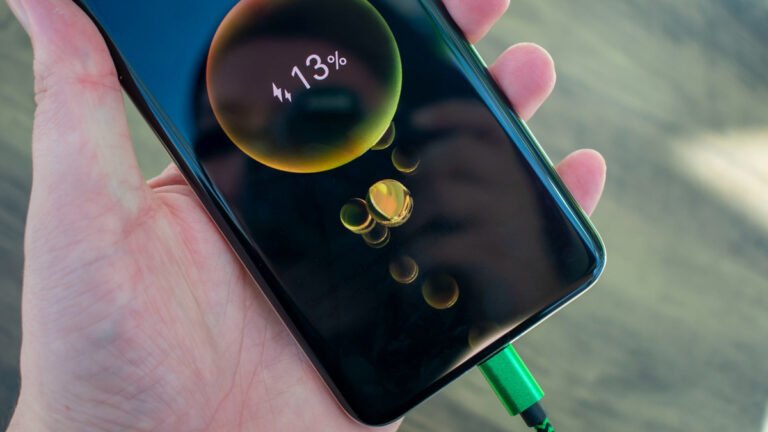How much battery is left in a mobile phone is a key issue for many people.
People’s strong demand for mobile phone charging has also given rise to many gimmick products on the market, such as wireless charging, twice-speed charging, and high-energy power banks that can be used for a week… But what is the “correct way” to charge a mobile phone?
Does the mobile phone have to be fully charged?
There are always some sayings about charging: wait until your phone is exhausted before charging, and fully charge it each time. This is beneficial to battery maintenance. Charging at any time will affect the battery life.
In fact, these theories are outdated.
Rechargeable batteries widely used in the early years, such as nickel-cadmium batteries , whose raw materials are mainly nickel hydroxide and metal cadmium, have obvious disadvantages: memory effect . Simply put, when the battery is not fully charged or exhausted for many times, the battery capacity will “remember” the power during charging and power failure, and regard them as the maximum and minimum power values respectively, resulting in a decrease in battery capacity.
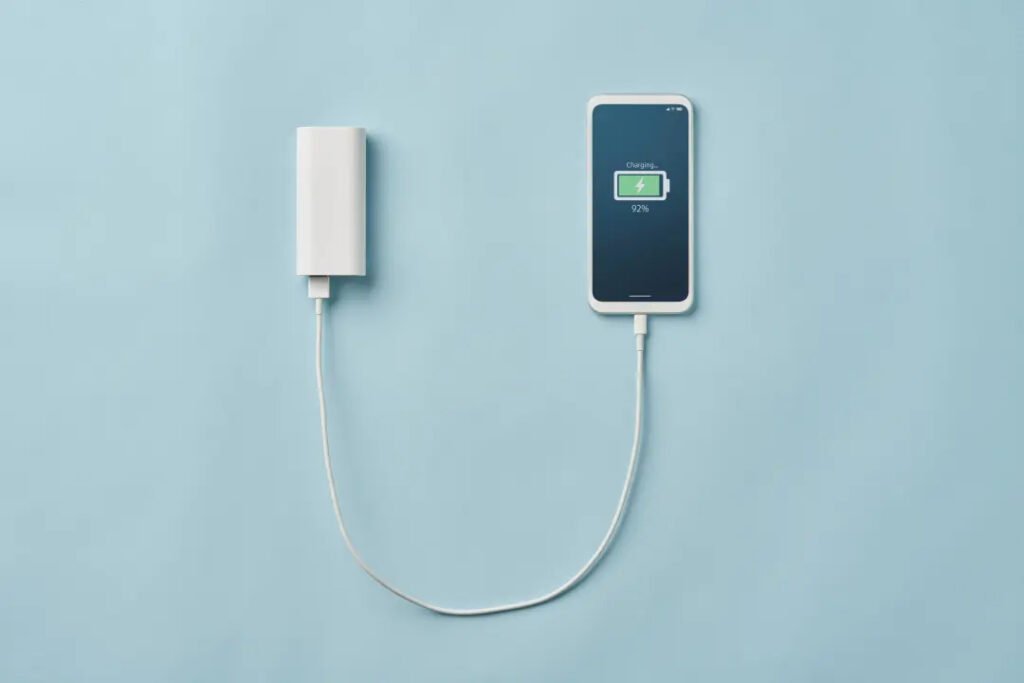
But now most smartphones use lithium-ion batteries , which can store more power than nickel-cadmium batteries at the same volume or weight; the memory effect is weak, so there will be no impact even if the battery is unplugged before it is fully charged.
The life of a lithium-ion battery is related to the charging cycle. Every time 100% of the power is used, a cycle is completed. The more cycles there are, the more obvious the reduction in battery life.
Data shows that when lithium-ion batteries are deeply charged and discharged, the material structure of the positive and negative electrodes will be destroyed, resulting in less space for the movement of lithium ions and a corresponding decrease in battery capacity.
Therefore, “frequent and less frequent charging” is more suitable for current mobile phone charging habits .
Should I plug in the phone or the charger first?
You had better first connect the plug to the power supply, and then connect it to the mobile phone with the data cable.
The voltage of electricity used by Chinese residents is 220V, but the voltage of mobile phone chargers is often less than 5V. When charging a mobile phone, the charger will convert the high-voltage current into low-voltage direct current through a transformer, and then transmit it to the mobile phone.
At this time, if the charger is connected to the mobile phone and then plugged into the power supply, it can be regarded as directly connecting the mobile phone to the power supply, which may output surge voltage .
Surge, also known as surge, refers to a momentary overvoltage that exceeds the normal operating voltage. Sometimes the bright sparks you see when plugging in or out a switch are mostly surges.
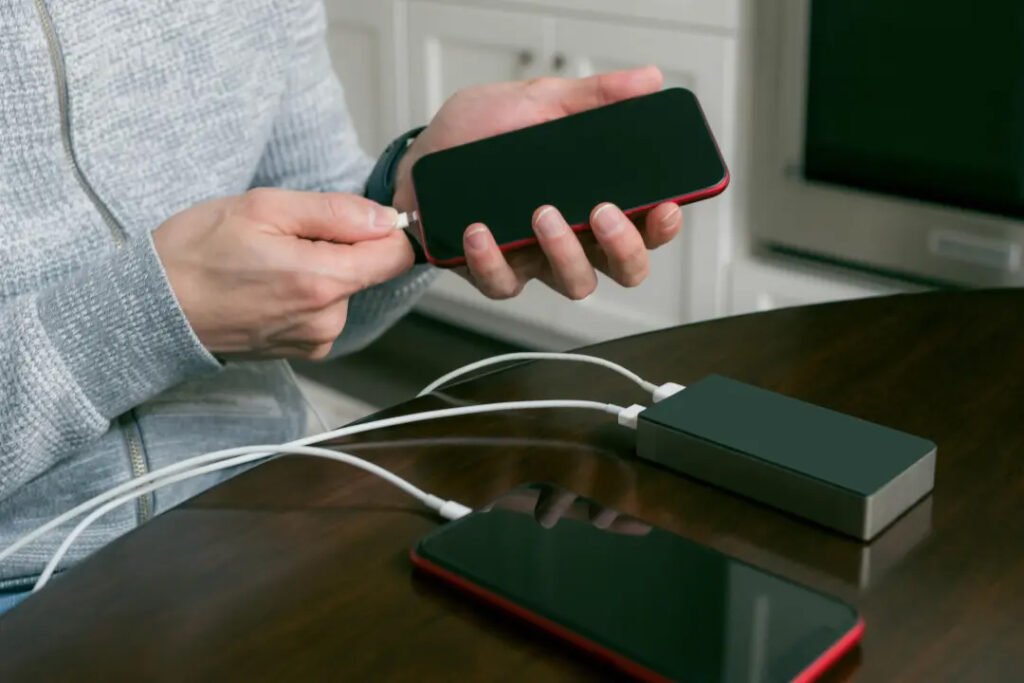
After charging, should I unplug the phone or the plug first?
The answer is: unplug the phone first . Because when you unplug the charger, a reverse instantaneous current will be generated, which will accelerate the aging of the battery.
Power banks are also affected by the “charging cycle”
Many people carry a power bank with them. A small mobile power bank can keep the mobile phone running normally, which is simply a lifesaver.
But there are also many gimmicks and misunderstandings about power banks .
Currently, there are many power banks on the market that claim to have a 20,000 mAh battery. However, most mobile phones, even flagship models, have a battery capacity of less than 5,000 mAh.
However, the capacity marked by merchants is mostly the capacity of the battery cell itself. Since electricity will be lost during the conversion process, the effective amount of electricity that the power bank can provide to the mobile phone is definitely lower than this data.
To know how many times the power bank can actually be used, you need to carefully read the small print in the manual: rated capacity . This is the minimum discharge capacity tested in the laboratory.
It should be noted that since the power bank also uses lithium-ion batteries, its lifespan is also affected by the charging cycle. It is also recommended to “charge multiple times in small amounts” rather than “charge and discharge fully”.
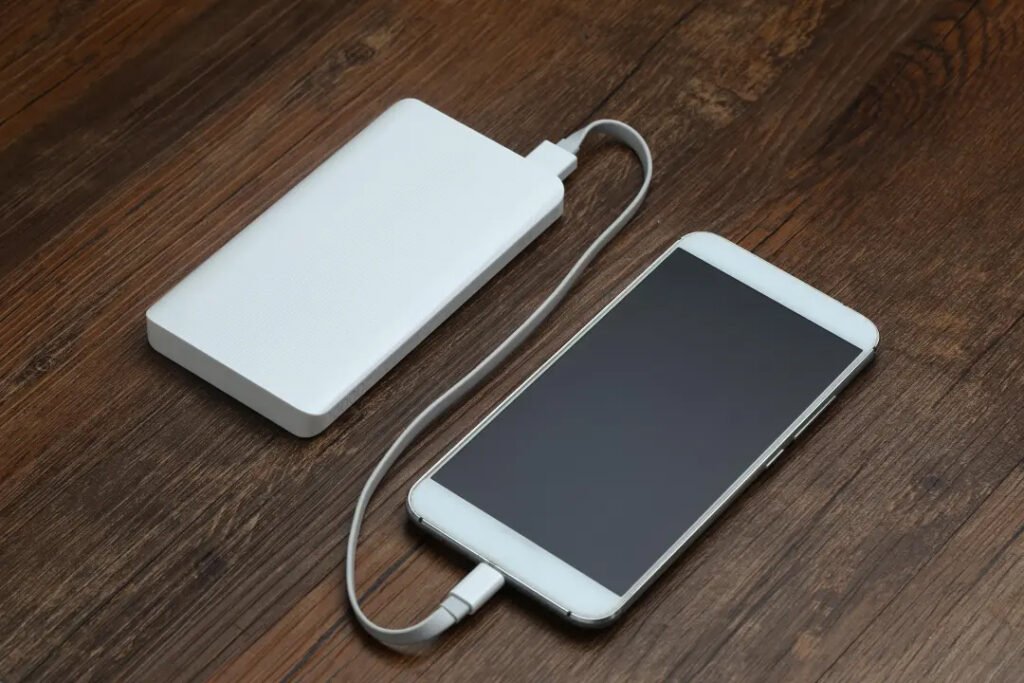
How to charge correctly?
- Can’t use charging cables and chargers interchangeably?
There are rumors that an incompatible charger will cause the battery to short-circuit and shorten its service life.
In fact, the charger usually has a smart chip inside, which can identify the current and voltage required by the mobile phone and make adjustments accordingly. For example, if you buy a fast charging head, but the mobile phone does not support fast charging, the fast charging head will automatically adjust to the input power suitable for the mobile phone.
- Don’t charge while playing?
Some people think that discharging and charging the battery at the same time will affect its lifespan. In fact, what really affects the battery lifespan is the sudden rise in temperature caused by charging while playing .
The survey shows that even if the phone is not in use, rising temperature will still accelerate the reduction of battery capacity.
In addition, don’t buy a too thick protective case for your phone . Like computers and other devices, mobile phones also need to dissipate heat. If you wrap it tightly and use heat-insulating materials, it will only make the phone look like there are no scratches on the outside, but the inside will already be damaged.

